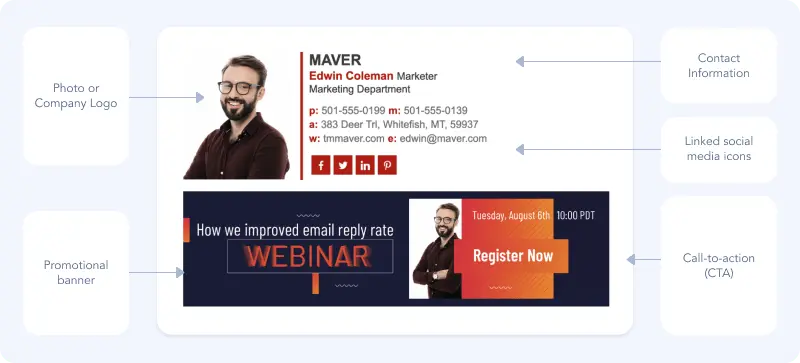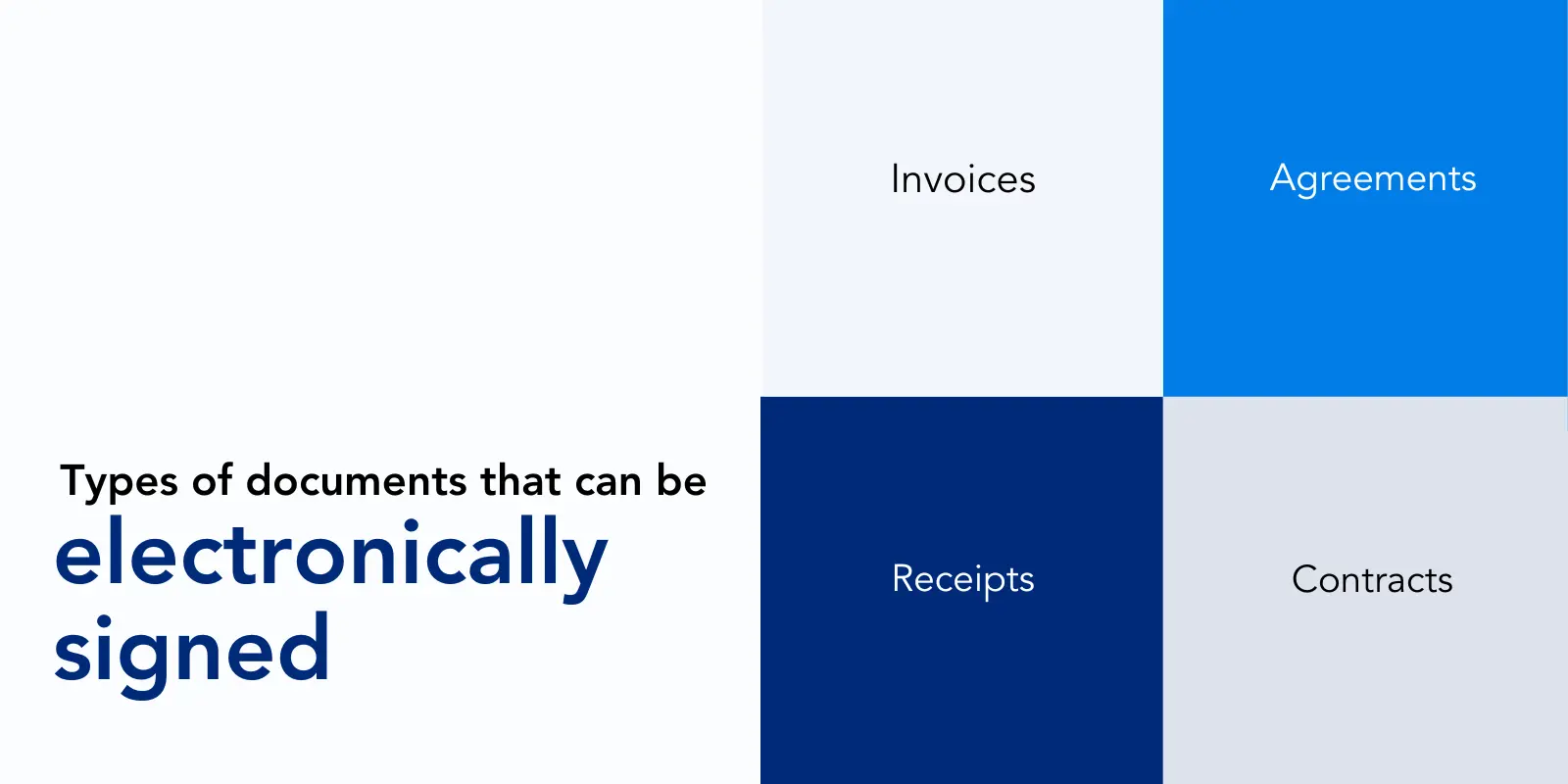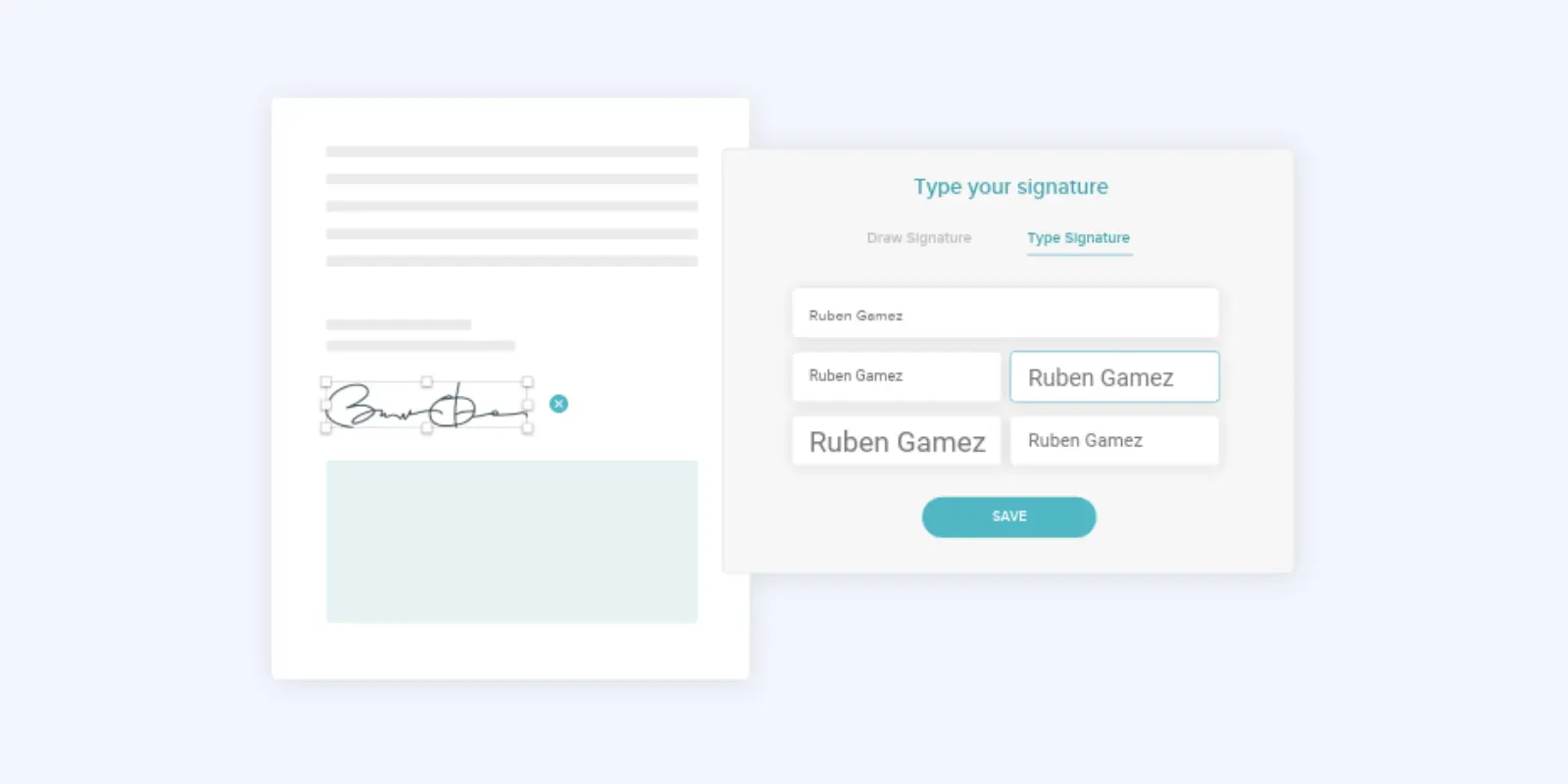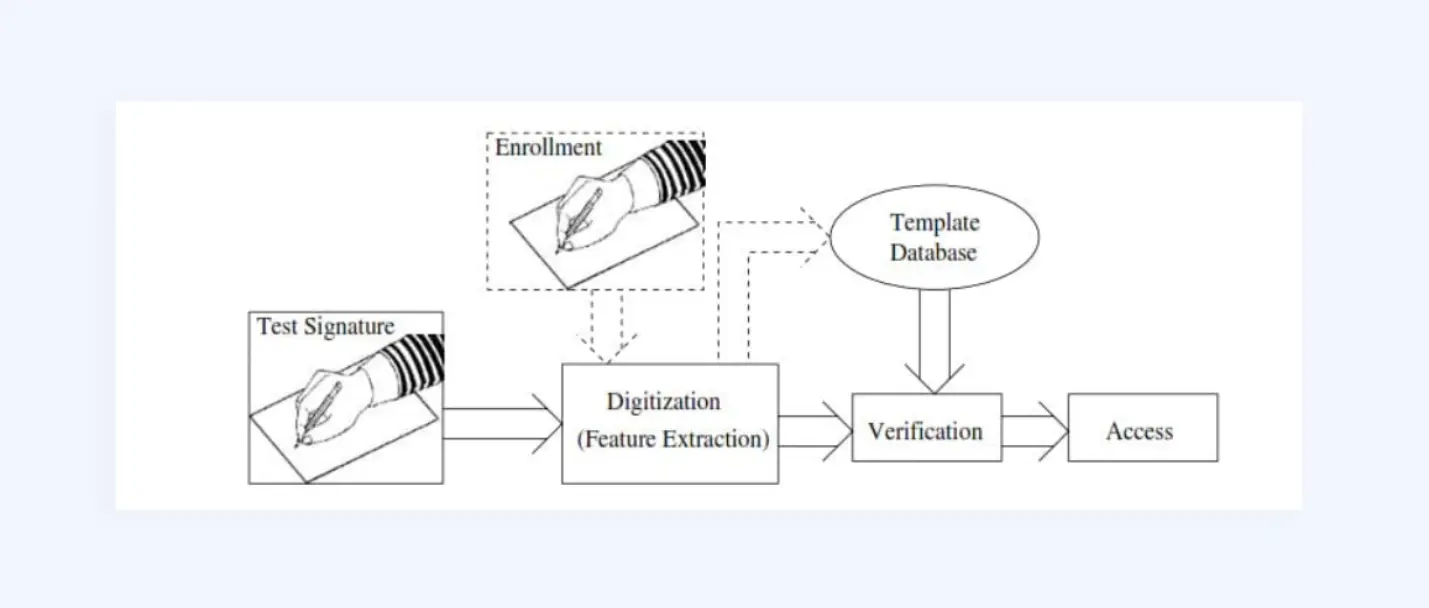Email signature vs electronic signature vs digital signature: understanding the key differences
1. What is an email signature?
2. What is an electronic signature?
3. What is a digital signature?
Email signatures, electronic signatures, and digital signatures - what do they have in common? They are all used in digital communication and electronic information exchange. But you should be careful not to confuse those terms. They are different in their definitions, legal status, the technology used, and level of complexity. A big mistake is to assume that they are the same.
This article will help you understand the key differences — especially the comparison of electronic signature vs digital signature, which is often misunderstood — and clarify where each type is used.
What is an email signature?
Let us start with the simplest one, email signature. It is basically the essential information at the end of your email. Email signatures can be private and business.
Private signatures are least formal (and often informal). They are used mostly in private correspondence with friends and acquaintances. They contain your name and any additional information that you want to include, depending on the purpose of your email. It can be a simple email closure (such as “Best regards”) followed by your name. Alternatively, it can be your name followed by a link to your website or social profiles. Many personal email signatures contain a photo as well.

Business email signatures are more formal. You normally attach those to business emails to (potential) customers, partners, and often colleagues. They need to have all the important contact information of you as a part of the company you work for. In most countries it is required to have a business email signature associated with your business email. Using an email signature generator can help ensure that all signatures across the company are consistent and meet any regulatory requirements.
The components of a business email signature include:
- Your name
- The name of your company
- Your role with the company
- Your contact details
- Company website URL
- An image (your photo or company logo)

There are different ways to create a business email signature.
- Build one in HTML. It requires your familiarity with HTML and CSS.
- Download an email signature template and customize it.
- Use an online email signature generator.
If you are not sure which information you should provide in your signature, see Email Signature Best Practices.
What is an electronic signature?
An electronic signature is similar to a handwritten signature. But, just like the name suggests, it comes in electronic form. It is used to sign documents using electronic devices.
When discussing electronic signature vs digital signature, it’s important to remember that while they are closely related, they serve different functions and have different levels of security and legal recognition.
Types of documents that can be electronically signed include:

When talking about electronic signatures, we often mean digitized signatures (scanned signatures). But there is also a legal aspect of it. To comply with the existing e-signature-related regulations, an electronic signature should:
- Match your personal signature
- Identify you as a signer
- Be verifiable
- Be associated with a particular document
- Be associated with the data in the original document that you’ve signed (meaning that others cannot tamper with the data after the document has been signed by you)
- Prove your intent (meaning that the document was signed with your consent)
There are different legal requirements for electronic signatures depending on the jurisdiction that applies to you. For example, the US regulations (UETA) are not that strict. To cut to the chase, electronic signatures and documents signed electronically should not be denied validity or legal effect.

source: Signwell
In the EU, according to the eIDAS regulation, electronic signatures are used along with the handwritten ones. However, in legal proceedings, only advanced electronic signatures are recognized as valid. And only qualified electronic signatures have the highest level of validity (they are legally equal to handwritten signatures).
eIDAS distinguishes between three types of e-signatures by the level of security:

While simple electronic signatures can be used in day-to-day business, advanced electronic signatures are required for legal matters. Here’s what makes an e-signature advanced:
- It can uniquely identify the signer.
- Signature creation data is in the sole control of the signer.
- It should be automatically invalidated if the original data contained in the document was modified after signing the document.

source: Red Hat
An advanced e-signature becomes qualified when it is:
- created using a “qualified electronic signature creation device”
- and based on a qualified digital certificate for electronic signatures
So, instead of scanning your signature and inserting it as an image into a document, it’s better to use an electronic signature app. This way, your signature will appear valid and trusted.
Here are some software tools to choose from:
🔹Adobe Sign
🔹Signature feature in the Preview app
🔹HelloSign
🔹eSignLive
🔹Eversign
🔹DocuSign
🔹SignEasy
🔹Jotform Sign
What is a digital signature?
Understanding the difference in electronic signature vs digital signature continues here. Digital signature is encryption technology (mathematical algorithms) used in creating electronic signatures. It is not a valid signature on its own, but rather an addition to an e-signature. In EU countries, it is an essential component of advanced and qualified electronic signatures.
By encrypting the document and the data it contains, we can prevent others from modifying the contents of the document. Thus, digital signature is a security measure. What’s more, when such encryption is used, a private key that the signer has allows to confirm that it is he/she who signed the document.

source: Docu Sig
Digital signatures have three main characteristics:
- Authentication: the sender or signer is really the person who signed the message.
- Non-repudiation: the signer cannot deny afterwards that he or she signed the document.
- Integrity: the document data remains unchanged and cannot be altered after being signed.
A digital signature should not be confused with digital signature certificate. It is a document which is issued by a trusted authority and certifies that you are the owner of the public key to your digital signature. Digital certificates are only valid for a limited time.
There is a variety of digital signature software that allows making a digital signature online. You can pick a digital signature app or solution from the list below.
Digital signature app list:
🔹HelloSign
🔹DocuSign
🔹Secured Signing
🔹eSignLive
🔹RPost
To make it easier to understand the distinctions among these three types of signatures, here’s a quick side-by-side comparison. This table breaks down the core differences in purpose, legal status, technology, and more—offering a clear snapshot of how email signatures, electronic signatures, and digital signatures compare in practice.
.png?1747812983)
Summary
Now we hope that you have no problem telling email signatures apart from electronic or digital signatures. When it comes to electronic signature vs digital signature, remember this: the electronic signature is the actual act of signing digitally, while the digital signature is the technology ensuring the authenticity and security of that act.
To sum it all up, we’ll say that email signatures are a formal (or informal) way to conclude your email. While it is legally required in many countries that you have one, an email signature is not a legal term itself.
On the contrary, an electronic signature is a legal concept. Simply put, it is a digital substitution for your handwritten signature. Although it is sufficient in many cases, some countries require a digital signature as well. It means the encryption measures taken to secure your signature and “seal” the data that you acknowledged with it.




